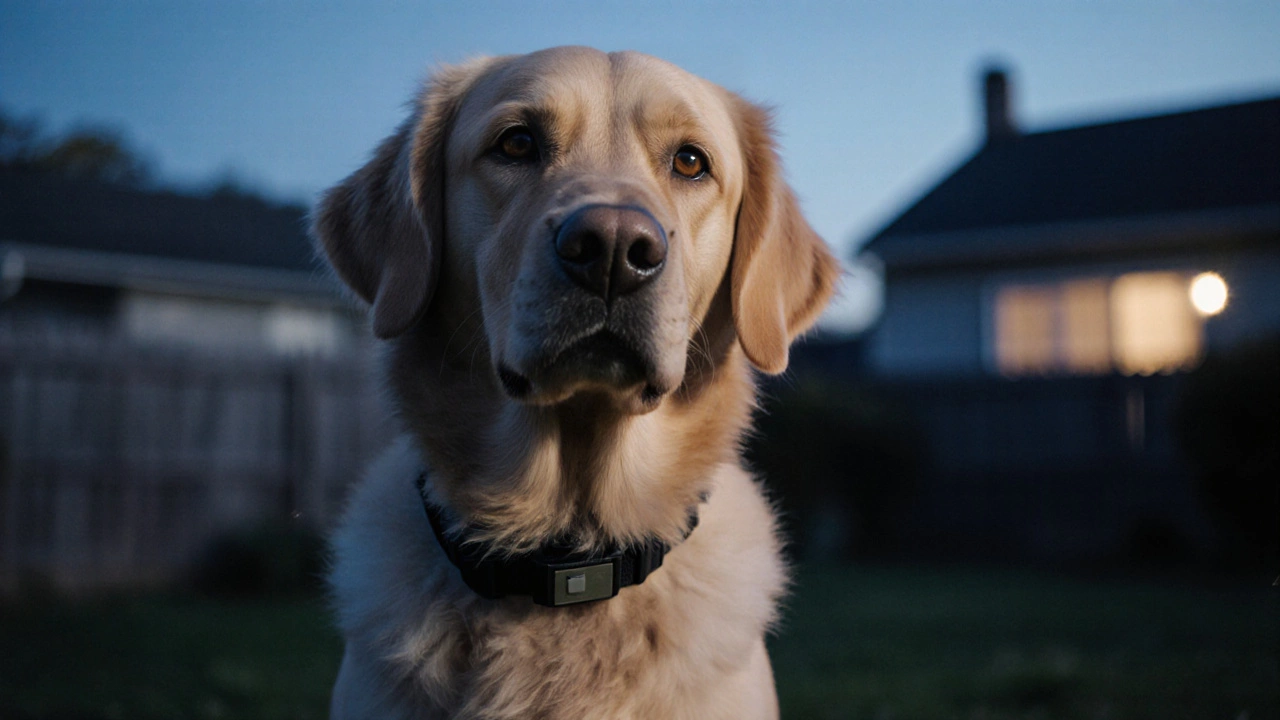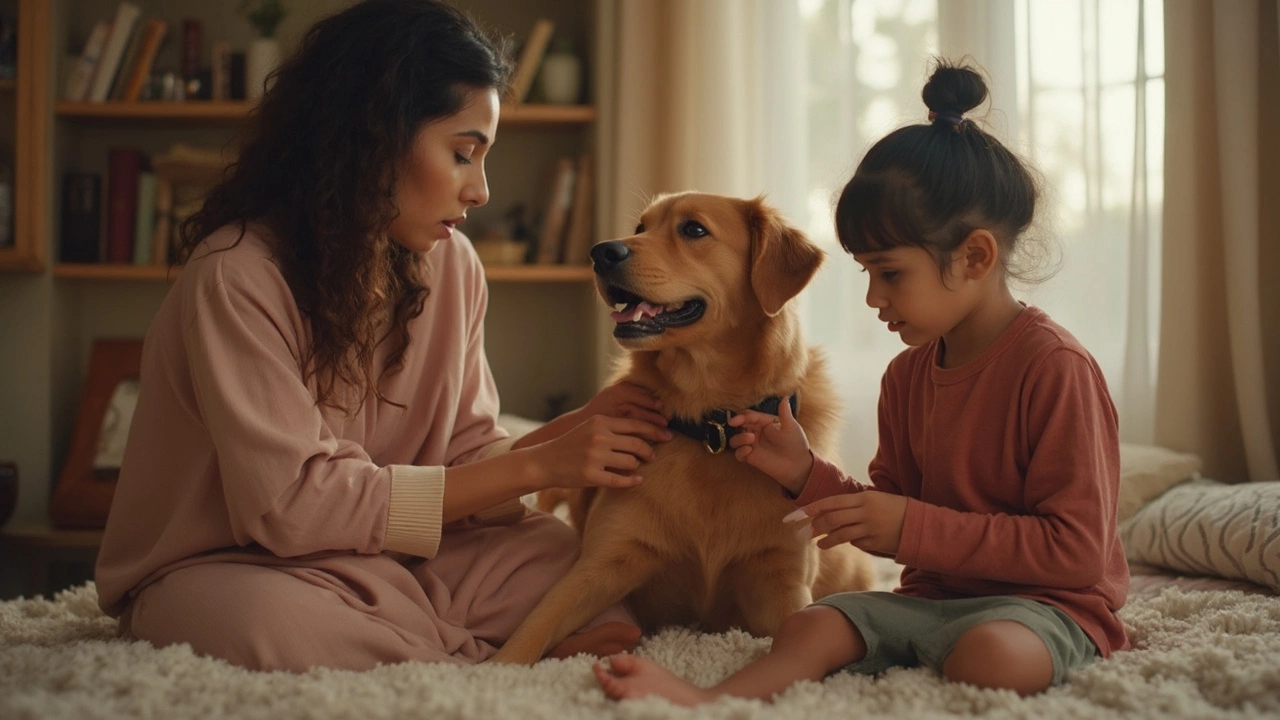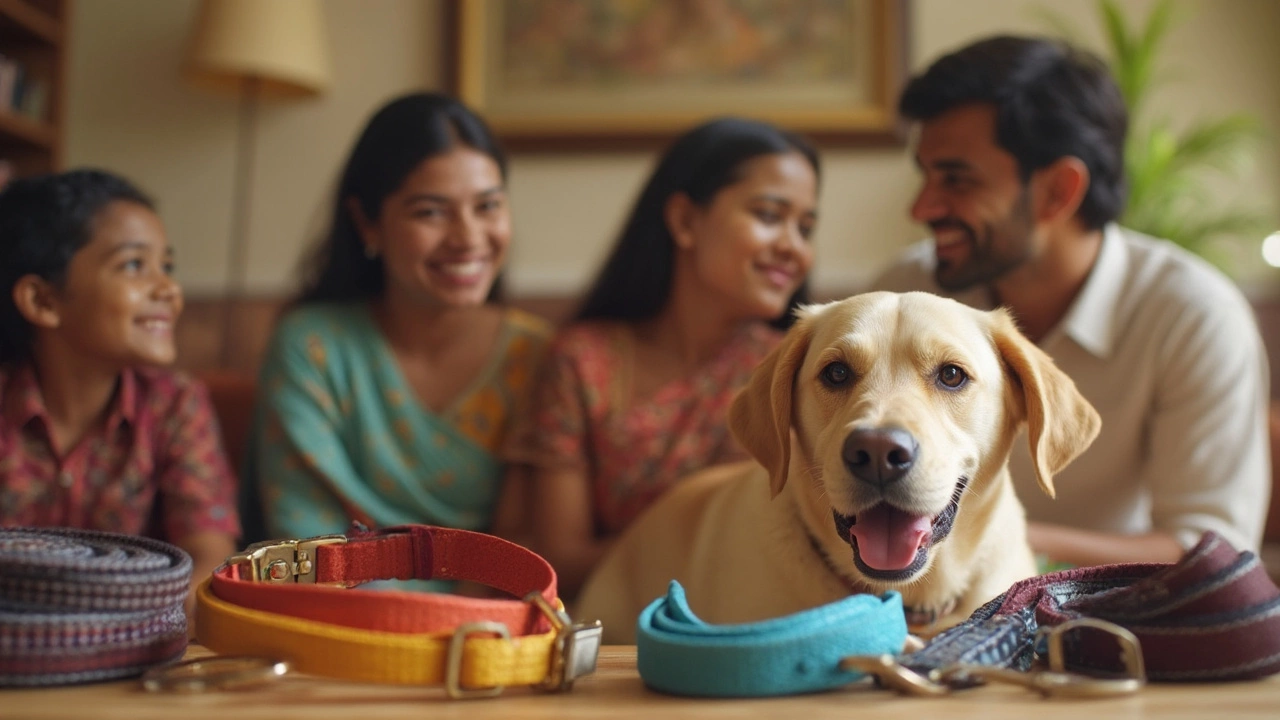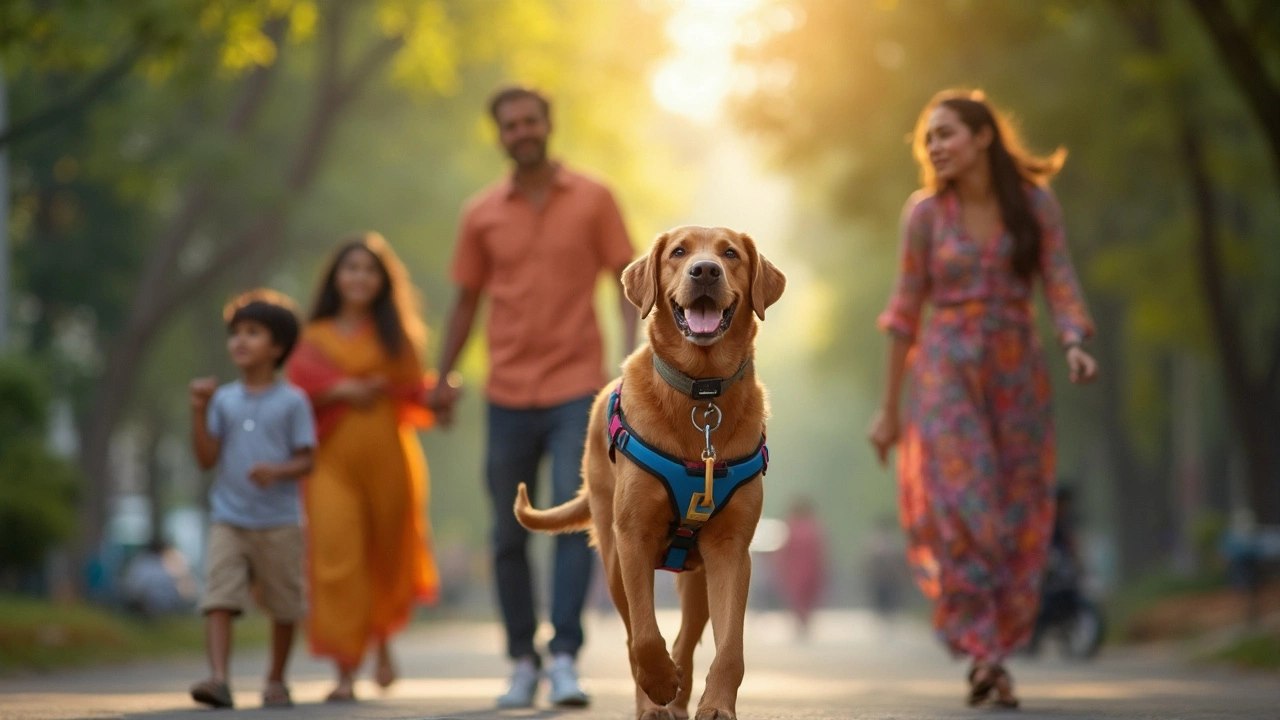Dog Safety: Simple Tips to Keep Your Dog Healthy and Happy
If you love your dog, you want them to stay safe every day. The good news is that most accidents can be prevented with a few easy habits. Below are the top things you can do right now to make your home, walks, and trips safer for your furry friend.
Home Safety Basics
Start by doing a quick sweep of the rooms your dog uses most. Keep electrical cords out of reach or cover them with cord protectors—chewing on a live wire is a fast track to a vet visit. Store cleaning products, pesticides, and human meds in locked cabinets; even a lick of a detergent can cause vomiting.
Choose toys that are the right size and material for your dog’s chewing style. A small ball that can be swallowed whole is a choking risk, while hard plastic can crack teeth. Rotate toys so your dog stays interested and you can inspect them for wear and tear.
Secure any areas where your dog could fall or get stuck. Stair gates, balcony railings, and open pool covers should all be dog‑proofed. A simple baby gate at the top of stairs can stop a curious pup from a scary tumble.
Walking and Outdoor Safety
When you head out, use a well‑fitting harness instead of just a collar. Collars put pressure on the neck and can cause injuries if your dog darts after a squirrel. A snug harness gives you control without hurting your dog’s throat.
Keep leashes short enough to guide your dog but long enough to let them sniff safely. A 6‑foot leash works for most walks; longer retractable leashes can get tangled and lead to sudden pulls.
Watch the weather. Hot pavement can scorch paws in minutes—do the “back of your hand” test: if it’s too hot for you, it’s too hot for their feet. In winter, consider booties or paw wax to prevent cracking from ice melt.
For off‑road adventures, bring a portable water bowl and fresh water. Dehydration can happen fast, especially on hikes. A small collapsible bowl fits in any backpack and encourages regular drinking.
Travel and Transport Safety
Flying? Check the airline’s pet policy early and pack a familiar blanket to lower stress. If your dog must travel in cargo, choose a sturdy, well‑ventilated crate that meets airline dimensions. Add a label with your contact info and a “Live Animal” sticker.
Driving? Never let your dog ride with their head out the window—it looks fun but can cause eye injuries or ear damage from debris. Use a crash‑tested carrier or a pet seat belt that anchors to the car’s seat belt system.
For long car trips, stop every two to three hours to let your dog stretch, drink, and relieve themselves. Bring a travel first‑aid kit with bandages, tweezers, and any prescription meds.
Grooming and Health Safety
Grooming can be a stress trigger. Keep clippers and brushes clean, and start with short sessions to build tolerance. If your dog shivers after a trim, offer a calming blanket or a gentle massage to ease nerves.
Watch for signs of overheating during a bath—your dog’s tongue should stay pink, not bright red. Use lukewarm water and dry them thoroughly to avoid chill.
Regular vet check‑ups catch health issues before they become emergencies. Keep a digital copy of vaccination records on your phone; you’ll need them for boarding, travel, and some grooming salons.
By adding these simple checks to your routine, you’ll lower the chance of accidents and keep your dog living a longer, happier life. Stay alert, stay prepared, and enjoy the wagging tails that come with a safe, cared‑for pup.

Why You Should Avoid Using Shock Collars on Dogs
Discover why shock collars harm dogs, the health risks involved, and humane training alternatives that keep pets safe and happy.
read more
Dog Collar Comfort: Should Your Pup Really Wear One All the Time?
Is it actually okay for dogs to wear collars nonstop? This article breaks down what happens when your dog wears a collar 24/7, looking at comfort, safety, and skin health. Find out what to watch out for and if you should let your dog sleep or chill collar-free. Get simple advice on the right collar fit, materials, and how to keep your dog happy and safe. Real-life tips make it easy to do what’s best for your furry buddy.
read more
Are Breakaway Collars Necessary for Dogs? What Every Owner Should Know
Breakaway collars are making waves in the dog world, but are they really necessary? This article breaks down how they work, where they're useful, and what risks they cover. You'll learn where regular collars fall short and get real-life tips on choosing the best option for your dog's lifestyle. Whether your dog is a couch potato or an escape artist, understanding when breakaway collars shine can help you keep your best friend safe. It's not a one-size-fits-all decision, so let's clear up the confusion.
read more
Can a Dog Wear a Collar and a Harness at the Same Time?
Ever wondered if you can keep a collar and harness on your dog at the same time? This article cuts through myths and confusion, spelling out when and how to use both safely. Get tips on comfort, safety, and training, plus advice for choosing the right gear. You'll learn what works for walks, IDs, and daily life. Perfect for anyone who wants to keep their dog safe and comfy.
read more



